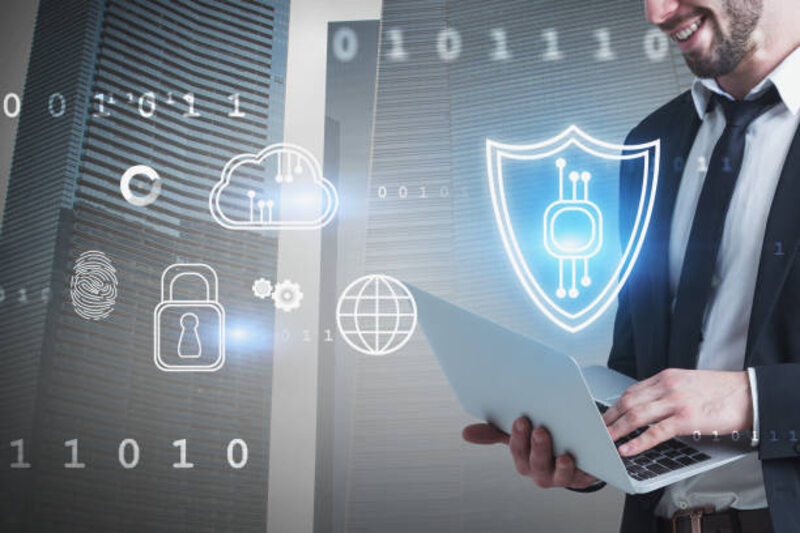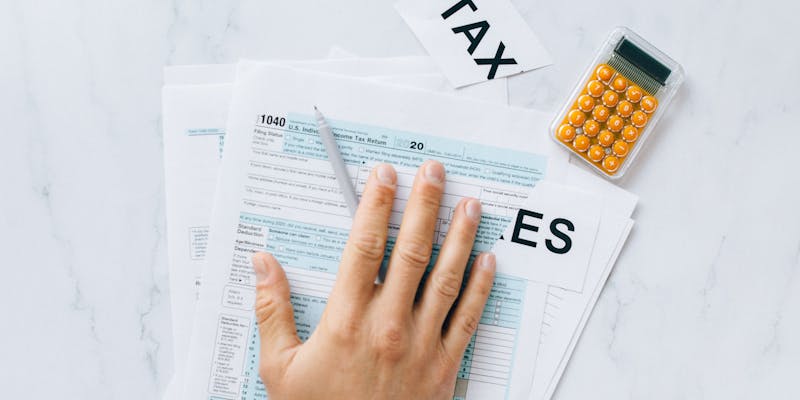

Safeguarding Your Data on Free Wi-Fi: A Comprehensive Guide
Nov 30, 2023 By Triston Martin
In an increasingly interconnected world, free Wi-Fi and public Internet have become ubiquitous, offering convenience and connectivity on the go. However, these seemingly beneficial services can also act as a double-edged sword, opening avenues for data breaches and unauthorized access to sensitive information. This guide aims to equip readers with knowledge on how to use these services safely, protecting their personal and business data. It will offer valuable insights into understanding the risks associated with free Wi-Fi and public Internet, along with practical solutions to mitigate these risks. Herein, we shall delve into effective strategies, best practices, and essential tools to safeguard your data in the realm of public connectivity.
The Risks of Free Wi-Fi and Public Internet

Using free Wi-Fi and public Internet can expose your personal and business data to various risks, including:
- Man-in-the-Middle Attacks - In this type of cyberattack, the attacker intercepts communication between two parties (e.g., you and a website or application) to steal sensitive information. As free Wi-Fi and public Internet are unsecured networks, others can easily access and manipulate the transmitted data.
- Malware Infections - Free Wi-Fi and public Internet are often hotspots for malware distribution, with others using various techniques to infect devices with malicious software. Once infected, these programs can cause severe damage, such as stealing login credentials or encrypting files for ransom.
- Eavesdropping - As free Wi-Fi and public Internet are shared networks, other users can potentially eavesdrop on your online activities and intercept sensitive information.
- Fake Networks - Others can create fake free Wi-Fi or public Internet hotspots with names similar to legitimate ones. When users connect to these networks, others can gain access to their devices and data.
Understanding the Basics of Internet Security
Before delving into the specifics of using free Wi-Fi and public Internet safely, it is crucial to have a basic understanding of internet security principles. These include:
- Encryption - Encryption refers to the process of converting information into code to prevent unauthorized access. It is a vital tool in protecting sensitive data from cybercriminals.
- Two-Factor Authentication (2FA) - 2FA adds an extra layer of security by requiring users to provide two forms of identification before accessing an account or service. This can include a password and a code sent to a mobile device.
Practical Ways to Protect Yourself

Here are some practical ways to safeguard your data while using free Wi-Fi and public Internet:
- Avoid Using Public Wi-Fi and Internet for Sensitive Transactions - It is best to avoid using free Wi-Fi and public Internet for activities such as online banking, shopping, or accessing sensitive information. If possible, use a secure network or wait until you have access to a secure connection.
- Beware of Fake Networks - Pay attention to the network name and confirm it with the establishment offering free Wi-Fi or public Internet. Avoid connecting to networks with suspicious names, such as "Free Public Wi-Fi" or "NotSecureNetwork."
- Enable Firewall Protection - A firewall acts as a barrier between your device and the internet, blocking malicious traffic and protecting your data from unauthorized access. Make sure to enable this security feature on your device.
- Keep Your Software Updated - Regularly updating your operating system and applications can help protect against known security vulnerabilities.
- Turn Off Automatic Connections - Many devices have automatic connection settings, which connect to the nearest available Wi-Fi network. This feature can be convenient but can also connect you to fake networks without your knowledge. It's best to turn off this setting and manually select known and secure networks.
Avoiding sensitive transactions on public networks
It's understandable that there may be times when you need to access sensitive information while using free Wi-Fi or public Internet. In these situations, make sure to follow additional security measures such as:
- Using HTTPS - When accessing websites with sensitive information, make sure the URL starts with "https://" instead of "http://". The "s" indicates that the website is using a secure connection.
- Verifying Certificates - Before entering sensitive information, make sure to verify the website's security certificate. This can usually be done by clicking on the padlock icon next to the URL in your browser.
- Logging Out After Use - Make sure to log out of any accounts or services after use, especially when using free Wi-Fi and public Internet.
Conclusion
Free Wi-Fi and public Internet can be convenient, but they also come with significant risks to your data security. By understanding these risks and following best practices, you can protect yourself from cyberattacks and safeguard your personal and business information. Remember to always prioritize safety when connecting to public networks and take extra precautions when accessing sensitive information. Additionally, staying informed about the latest internet security trends and tools can also help you stay one step ahead of cybercriminals. Be cautious and diligent, and you can safely use free Wi-Fi and public Internet without compromising your data security.
-
 Savings Nov 05, 2024
Savings Nov 05, 2024How to Save Money for a Home Down Payment
Planning your down payment is one of the most critical steps in buying a house. It is not just about securing your stake in the house; it hugely affects your mortgage terms and monthly payments.
-
 Taxes Mar 17, 2024
Taxes Mar 17, 2024What to Know About the Differences Between Sales Tax and Use Tax?
Do you want to understand the variances between sales tax and use tax? Give this article a read to discover the disparities and implications of each for your business.
-
 Investment Dec 22, 2023
Investment Dec 22, 2023Astonishing Amazonian Technology (and One Bomb)
AMZN, based in Seattle, went live for the first time on November 15, 1995. Since then, the corporation has been working to change the way people buy products. As the company's founder and chairman, Jeff Bezos deliberately started Amazon in 1994 so that he would never look back and regret not capitalizing on the dot-com boom.
-
 Know-how Oct 06, 2023
Know-how Oct 06, 2023FSAs For Dependent Care: A User's Guide
The cost of providing care for children and other dependents is a significant burden for many households in the United States. There are millions of people who are unable to work without access to child care, and others who are the primary caregivers for elderly parents or disabled family members